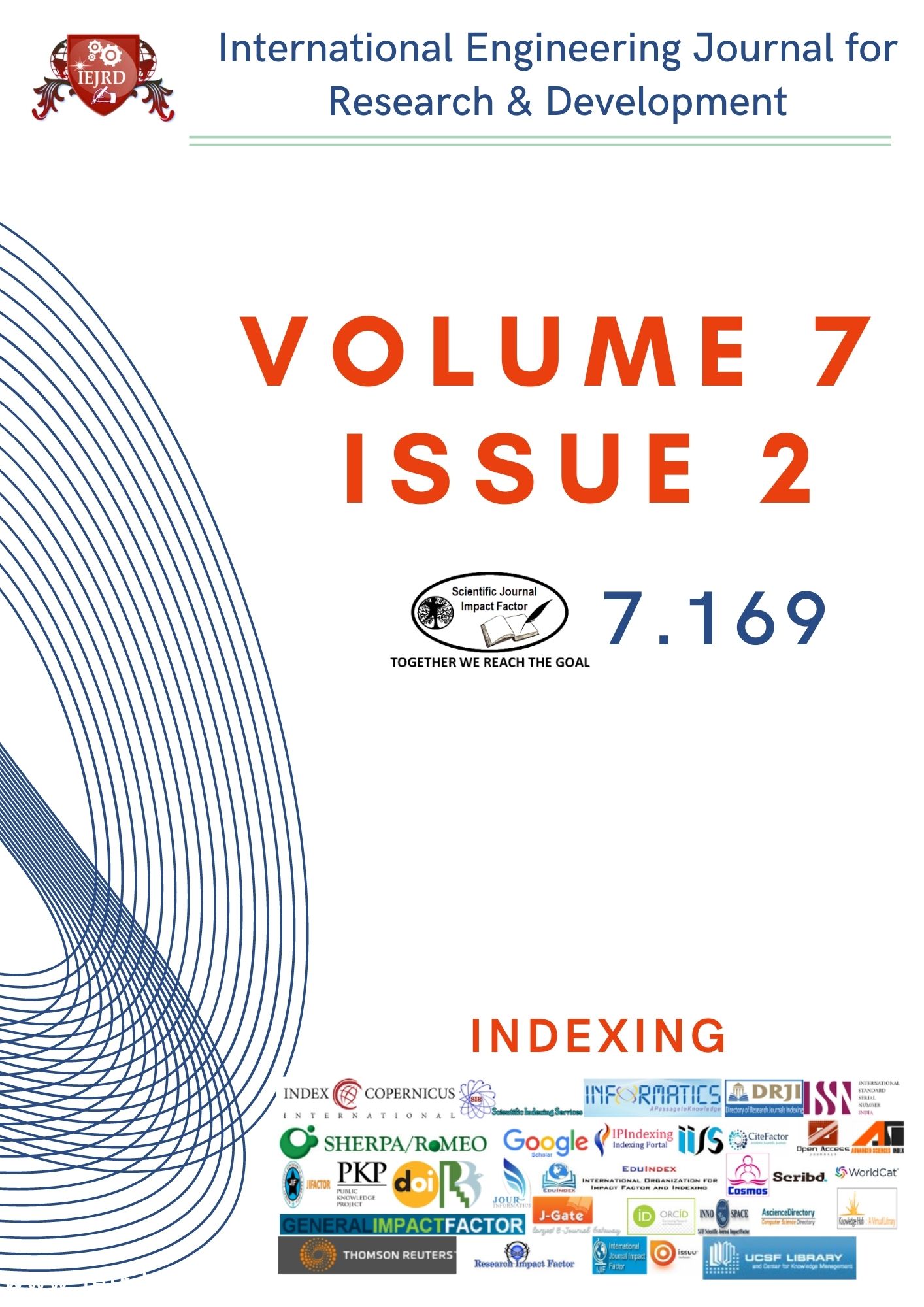VIOLENCE AGAINST WOMEN; CAUSES AND REMEDIES
DOI:
https://doi.org/10.17605/OSF.IO/S4QPCKeywords:
Violence and Women.Abstract
Many women in our society are subjected to abusive treatment by their intimate relationships while suffering in silence. Domestic abuse can result in a woman's death in some situations. This must not continue since women are critical to the growth and development of any nation and the planet at large. They are guardians of society's social, cultural, and fundamental values, and they are frequently the most effective agents of change.Without their understanding, cooperation, and active participation, full community development is impossible. Women, in light of all of this, deserve better treatment, yet this is rarely the case. Wife battering has a negative impact on battered women's physical and mental health, as well as their children's. The meaning of violence against women, varieties of intimate partner violence, and the repercussions of different types of violence on battered women and their children are all discussed in this study. Domestic violence against women is also discussed in this study, as well as the causes and management of the problem. Finally, proposals were made to eliminate this threat from society.
Downloads
References
Barnett, (2001). Why battered women do not leave: External inhibiting factors, social support andinternal inhibiting factors. Trauma, Violence and Abuse. 2 (1), 3-35.
Berrios, D.G. (1991). Domestic violence: Risk factors and outcomes. Western Journal of Medicine.17(2),133-143.
Calvert R. (1974). Criminal and civil liability in husband-wife assaults. In S. Steinmetz and M. Straus(Ed.) Violence in the family. New York: Harper and Row.
Crowell, B. and Sugarman, D.B.(1996). An analysis of risk markers in husband to wife violence: Thecurrent state of knowledge. Violence and Victims. 1 (2), 101-124.
Dutton, D.G. and Golant, S.K. (1995). The batterer: A psychological profile. Basic Books.
Essen, A.A. (1999). A marital guide. Journal of Marriage Violence. 8(10), 112-122.
Goetz, A.T. (2010). The evolutionary psychology of violence. Psicothema. 22 (1), 15-21
Kalra, M. (1996). Juvenile delinquency and adult aggression against women. (Unpublished M.A.Thesis) Wilfrid Laurier University. http://scholars.wlu.ca/etd/570/
Lawson, D. (2003. Incidence, explanations and treatment of partner violence. Journal of Counsellingand Development. 18,19-33.
Maxwell, C.D; Garner, J.H. and Fagan, J.A. (2001). The effects of arrest on intimate partner violence:New evidence from the spouse assault replication program. National Institute of Justice.
Roberts, A. (2002). Handbook of domestic violence intervention strategies: Policies, Program andlegal remedies. New York: Oxford University Press.
Schmidt, J.D. and Lawrence, W.S. (1993). Does arrest deter domestic violence? AmericanBehavioural Scientist. 36 (5), 601-609.
Seltzer, J.A. and Kalmuss, D. (1988). Socialization and stress explanations for spouse abuse. SocialForces. 67(2),473-491.
Siemienuk, R.A.; Krentz, H.B; Gish J.A. and Gill, M.J. (2010). Domestic violence screening:Prevalence and outcomes in a Canadian HIV population. AIDS Patient Care and STDs.
Sugg, N.K. and Inu, T. (1992). Primary care physicians’ response to domestic violence: Openingpandora box. JAMA. 269 (23), 3157-3160.
Wikipedia (2012). Domestic Violence. Retrieved on March. 1, 2022 from
Downloads
Published
How to Cite
Issue
Section
License
Copyright (c) 2022 IEJRD

This work is licensed under a Creative Commons Attribution-NonCommercial-NoDerivatives 4.0 International License.






















